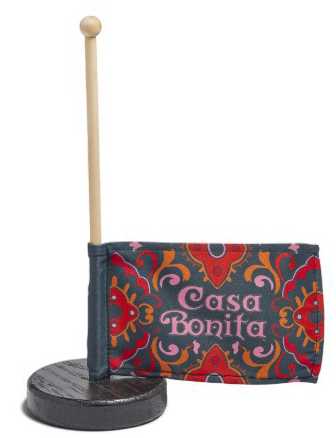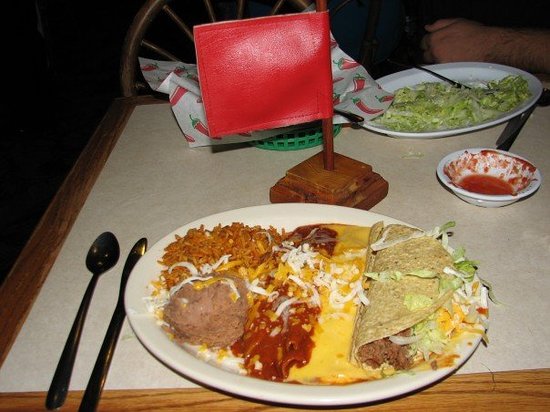Some time ago, I attended a meeting with Debbie Segan, Vice President of Workforce Development at Pikes Peak Community College. We were engaged in a deep conversation about workforce strategies and successful community college initiatives. As we traded stories and insights, she shared something that got the whole room laughing—and thinking.
“I’m a big believer in R&D,” Debbie said, smiling. “Rip-off and duplicate.”
At first, it sounds like a joke. But anyone who’s been in business long enough knows there’s real wisdom in that quip. Debbie wasn’t referring to stealing or plagiarizing. She was talking about recognizing what already works out in the world—and adapting it to your own context. No need to reinvent the wheel. Just smart observation and smarter application.
This mindset isn’t new, but it’s underutilized by far too many entrepreneurs who feel pressured to always come up with the next big, original idea. In reality, most innovation isn’t about starting from scratch—it’s about remixing what already exists.
Let’s explore why “Rip-off and Duplicate” might just be the most effective growth strategy your small business isn’t using enough.
Innovation ≠ Invention
Debbie’s R&D comment reminded me of a concept explored by futurist Daniel Burrus in his book Technotrends. Burrus makes a compelling case: the future is already invented. In other words, the seeds of future breakthroughs are often hiding in plain sight—waiting for someone to combine them in a fresh way or apply them to a new setting.
Burrus calls this “soft trends”—innovations or behaviors that are already emerging and likely to continue. Smart entrepreneurs scan the environment, spot these trends, and act early. That doesn’t mean creating something totally original. It often means noticing what’s already working and adapting it to better serve your customers.
A Flag, A Show, and a Brilliant Customer Experience

Case in point: A few years ago, I took three generations of the Imke family to Casa Bonita in Denver. For those unfamiliar, Casa Bonita is part Mexican restaurant, part immersive entertainment venue. It’s like Disneyland meets dinner.
While the cliff divers and glowing caves are memorable, one of the most brilliant things I noticed was incredibly simple: a little flag on a stick. If you wanted your server’s attention, you didn’t have to wave or crane your neck around hoping to make eye contact. You just raised the flag.
The brilliance? You didn’t have to break your conversation or miss the performance. You stayed in the moment with your family or the show—and still got what you needed. That tiny flag transformed a common restaurant pain point into a frictionless solution.
Why haven’t more restaurants copied this? It’s cheap. It’s easy. And it solves a real customer problem. It’s a textbook case of something worth “ripping off and duplicating.”
Even Sam Walton Did It
This brings us to a story that appeared in Inc. by Bill Murphy Jr., highlighting something Sam Walton—founder of Walmart—said over 30 years ago. Walton openly admitted that many of Walmart’s best ideas weren’t original. He said, “Most everything I’ve done I’ve copied from someone else.”
That’s right. The man who built one of the largest and most successful retail empires in the world wasn’t afraid to borrow smart ideas. In fact, he believed that success didn’t come from being first—it came from being best at implementing.
In the Inc. article, the author cites a recent example where this principle remains strong. Walmart copied a feature from Costco. Walton says he visited Sol Price, the founder of Price Club (which lives on today as part of Costco), as part of Walton’s plan to open a similar warehouse club business, Sam’s Club.. Walmart simply saw the writing on the wall—and applied the same approach. In fact, Walmart CEO Doug McMillon and others say that a key part of Walmart’s strategy is to look for outside solutions to address the company’s challenges.
You can read more here: Inc. article on Sam Walton’s strategy
The takeaway? Don’t be afraid to emulate what works. The biggest companies in the world are doing it—and they’re not ashamed to say so.
R&D in Action: Real-World Small Business Examples
Let’s take a closer look at how “Rip-off and Duplicate” plays out in everyday small business settings.
- The Barber Shop Loyalty Card
You’ve probably seen this a hundred times. Get your card stamped after each haircut—10 stamps and your next one is free. The idea may have originated in coffee shops, but now you see it across various service businesses. Massage therapists, nail salons, car washes—everyone’s duplicating a simple idea that keeps customers coming back. - Chick-fil-A’s Two-Line Drive-Thru
It used to be that fast food drive-thrus were single-lane affairs. Chick-fil-A introduced a dual-line drive-thru system and stationed people outside with tablets to take orders more efficiently. Other chains like McDonald’s and Taco Bell didn’t wait long to copy. It’s now the norm because it works. - QR Code Menus During COVID
Restaurants that never dreamed of going digital suddenly had to. One place did it, then another, then it became widespread. It’s not about who did it first—it’s about who adapted fastest. - AI Chatbots for Customer Service
Ten years ago, only tech startups had automated customer service agents. Today, small e-commerce brands are deploying AI tools like ChatGPT or Tidio to answer FAQs and qualify leads. They didn’t invent the idea—but they sure benefit from copying it.
Related Post: From Blog to Bot: The Journey of Building SteveBizBot
How to Ethically “Rip-Off and Duplicate”
You’re not copying word-for-word or infringing on intellectual property. You’re taking inspiration from what works and applying it to your own business with your own spin.
Here’s how to do it right:
- Study your competitors: What are they doing better than you? Why does it work?
- Look outside your industry: What could a roofing company learn from a subscription box service?
- Reframe and localize: Take a national idea and tailor it to your local market or niche audience.
- Test and iterate: Don’t just copy—adapt. Run a small pilot and tweak as needed.
Why “Original” May Be Overrated
The myth of originality can hold entrepreneurs back. The pressure to be first or unique often prevents action. However, the reality is that very few innovations are pure lightning bolts from the blue.
Facebook wasn’t the first social media platform. Starbucks didn’t invent coffee. Netflix didn’t create streaming. They just did it better, more conveniently, or more customer-centric.
As entrepreneur Derek Sivers puts it: “If more information was the answer, we’d all be billionaires with perfect abs.” The truth is, it’s the execution that matters most.
Final Thoughts
“Rip-off and Duplicate” might not sound sexy. It might even feel a bit counterintuitive for creators and visionaries. But in a world moving as fast as ours, it’s often the best way to stay relevant.
Borrow freely, remix creatively, and implement smartly. Because if Sam Walton did it—and built a billion-dollar empire—there’s no reason you can’t use the same playbook to grow your business too.
So, what’s one idea you’ve seen out in the world that your business could “rip off and duplicate”?












